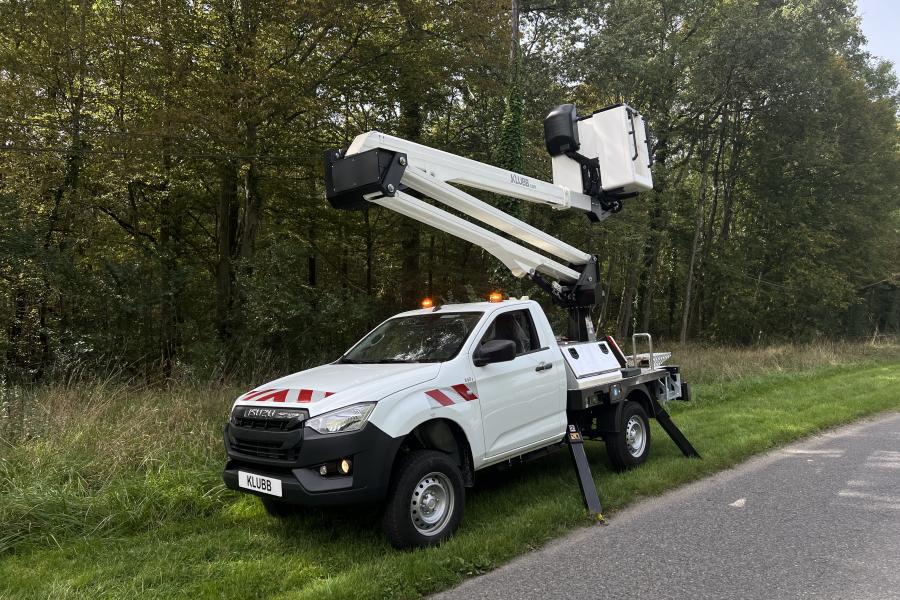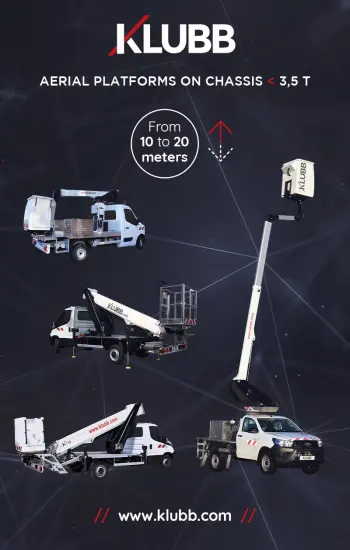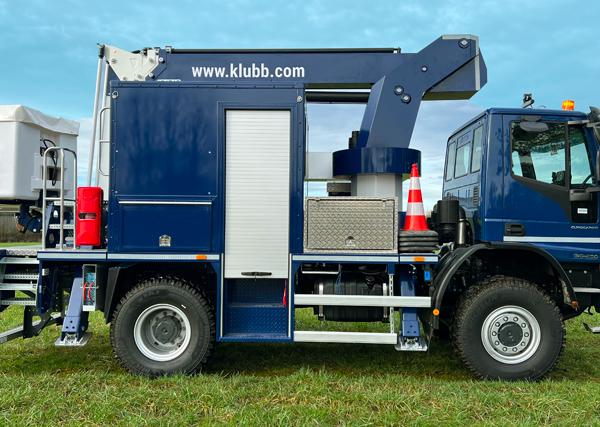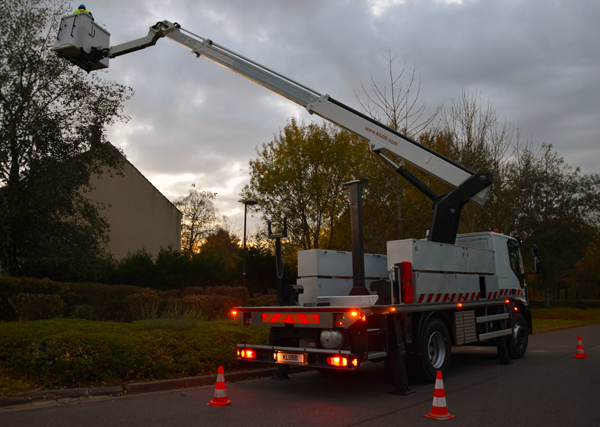
Aerial work platforms provide better access to difficult-to-reach areas, and have revolutionised working conditions in many industries. However, the use of aerial platforms is not without risk, especially when they are operated on unstable terrain such as muddy or uneven ground. Indeed, each environment presents different challenges that every operator needs to identify and understand, in order to take specific precautions. As a reminder, the absence or lack of preparation can damage the platform and lead to serious or fatal injuries.
Assessment of the terrain
An assessment of the site is essential before any work is carried out. This enables any irregularities to be identified. A number of bodies, including the French National Institute for Research and Safety (INRS), stress the importance of this stage, pointing out that even visually stable ground can conceal fragile areas. Waterlogged ground, for example, can collapse under the weight of equipment. Conversely, some rocky terrain, although rough, offers greater stability. So terrain assessments are more than just observation. Take, for example, a lawn after heavy rain: it may conceal muddy areas that could cause the platform to sink, while a gravel surface, although appearing uneven, may offer better grip.
Specific equipment
There are aerial platforms adapted to difficult-to-access terrain. They are equipped with stabilisers and tracks, in accordance with the recommendations of the Occupational Safety and Health Administration (OSHA). Tracked aerial platforms are ideal for uneven terrain, such as construction sites with debris. However, they can slide on slippery or muddy ground. So it's important to remember that even the most suitable platforms equipped with the latest technology require extra vigilance.
Training and awareness-raising
Operator training is essential, and must take into account the specific characteristics of different types of terrain. However, routine can cause even the most experienced operators to become complacent. An operator who has worked for years on concrete could overlook a gravel surface. Without proper training, they could underestimate the mobility of gravel, causing an imbalance. Operators must therefore be regularly reminded of the various dangers to which they could be exposed if they are negligent.
Climbing and descent techniques
On uneven ground, climbing should be slow, deliberate and confident. A hasty descent risks causing an imbalance. The INRS stresses the importance of using appropriate techniques. A hasty descent onto loose or sandy ground can cause the basket to tip over. Patience and caution must therefore prevail.
Use of accessories
The use of certain accessories can be a real ally in difficult terrain. Spreader plates, for example, help to stabilise the ground by distributing the weight of the basket. According to OSHA, their use is even essential. However, their use is not without risk. Incorrect installation reduces their effectiveness: on muddy ground, if they are badly placed, they could tilt and create a point of instability. What's more, every accessory, no matter how useful, requires in-depth knowledge. Safety on uneven terrain requires knowledge, preparation and respect for procedures. The risks, although significant, can be greatly reduced by thoughtful and informed action.




